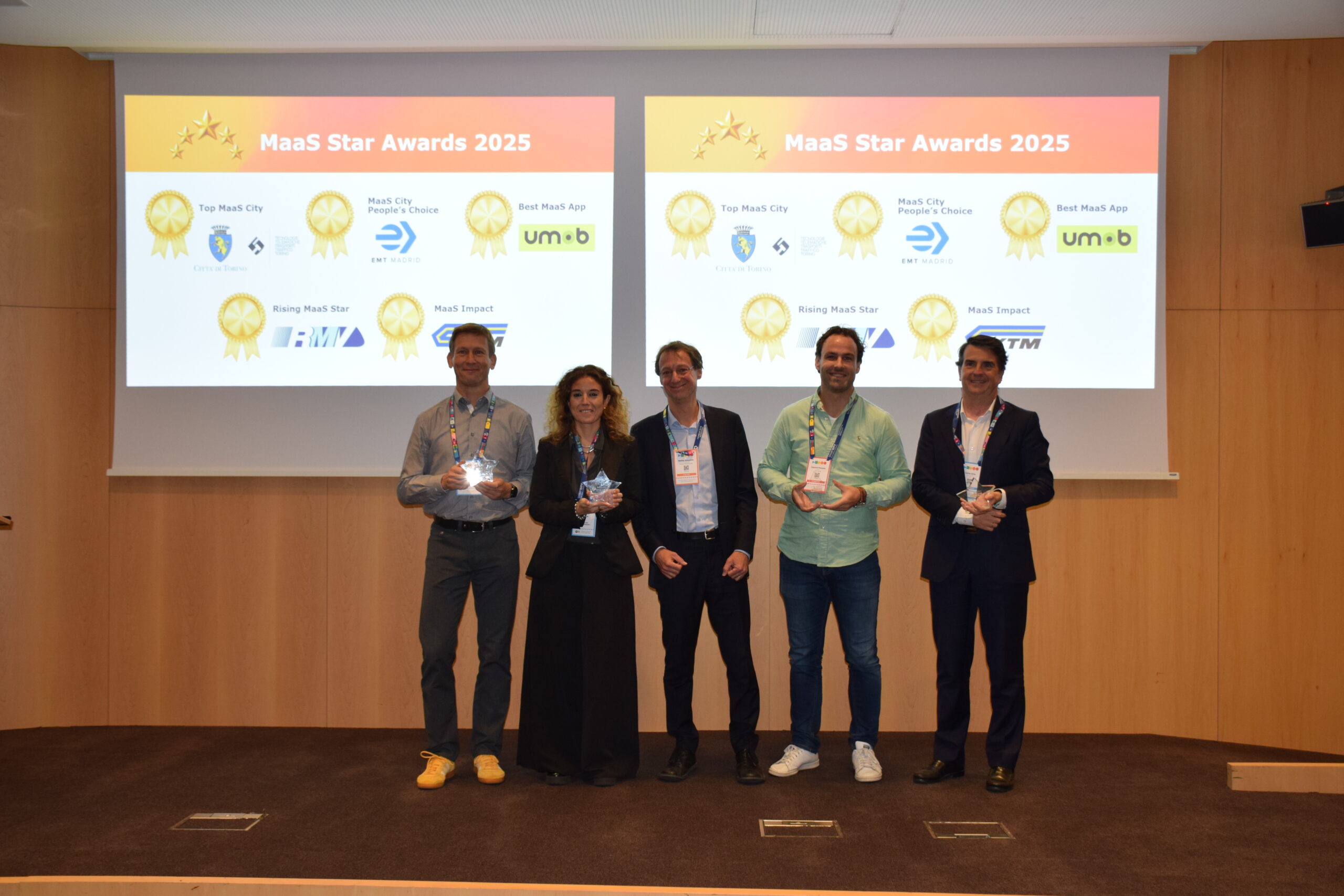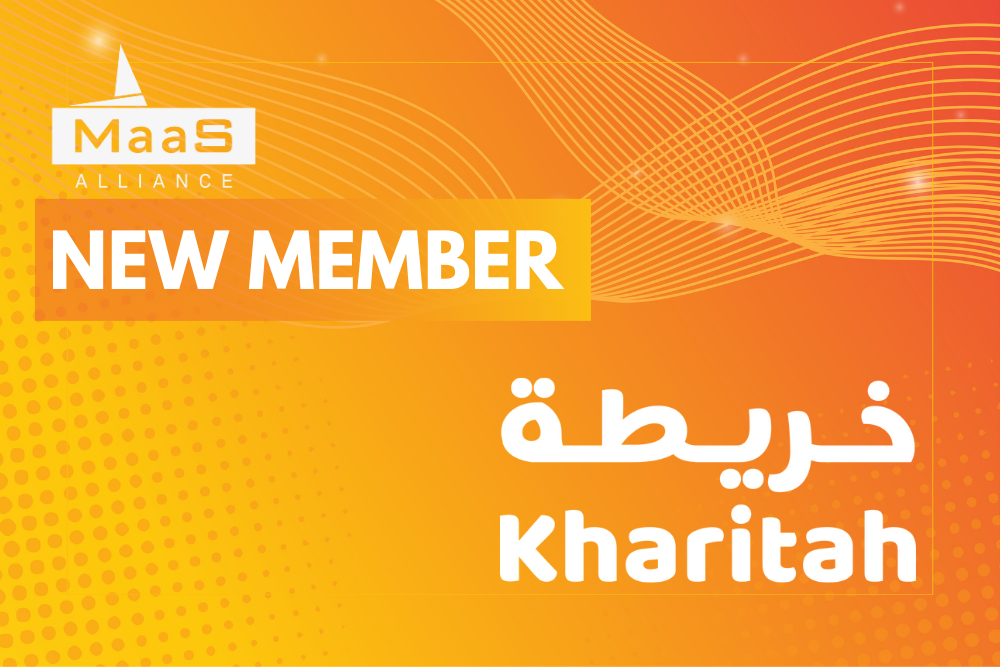We know that MaaS will impact the future of mobility and its development significantly. But what are the other ambitions and how much will our ways of getting around really change in the future? Will it simply be optimised or will we see a rise in completely new modes of transportation? As Piia Karjalainen (MaaS Alliance Senior Manager) found out during the Future of Transportation Conference, organised in Cologne, Germany, on 19 and 20 June, the ambitions are indeed pushing for some great changes.
The Conference, organised annually in Cologne, looks at the question of “what next?” in mobility and brings together world transportation leaders from automotive manufacturers and their suppliers, transportation authorities and city planners, transportation technology firms and operators, inventors of new and disruptive global mobility solutions and many others.
The Conference featured a dedicated MaaS stream on both days. In the morning of the second day the session included a strong presence from the MaaS Alliance, as Mr Andy Taylor from Cubic, Mr Richard Harris from HMI Technologies and Ms Piia Karjalainen from MaaS Alliance & ERTICO – ITS Europe shared their views on MaaS with an enthusiastic audience.
Several other sessions also shed light on interesting points regarding MaaS. In her presentation, Ms Dina Vickermann from Google showed clear statistics supporting the demand for MaaS. According to her, the amount of searches conducted for “how to get from point A to point B” type of questions have increased dramatically since 2010, whereas searches related to the use of a single transport mode (e.g. flights, car rentals, etc.) have stayed the same. She urged mobility brands to address consumer barriers, such as the perceived difficulty and lack of clarity of MaaS services. Many consumers are still dissuaded from turning to MaaS, as they feel more comfortable using transportation the same way they have in the past.
Building upon the idea that OEMs need to devise a different strategy in order to better meet the expectations of customers, Mr Lars Klawitter from InMotion Ventures explained that premium mobility services are already rising to the challenge and soon enough will aim to provide customers with choices and experiences above and beyond transport. InMotion Ventures is a venture capital arm of Jaguar Land Rover and is already developing such services aimed at discerning customers and their individual needs.
Several new mobility concepts were also on display at the Conference, including the Volocopter, which provides a quick and eco-friendly transport solution. The Volocopter is fully electric and takes advantage of the free lower airspace, which has not been tackled in traditional everyday mobility. The battery-powered, quiet, super-safe drone technology allows everyone to make the dream of flying a reality. Integrated into the public transport system, the autonomous air taxi gives great flexibility not only to passengers, but also to the municipality, as they can function as on-demand infrastructure.



